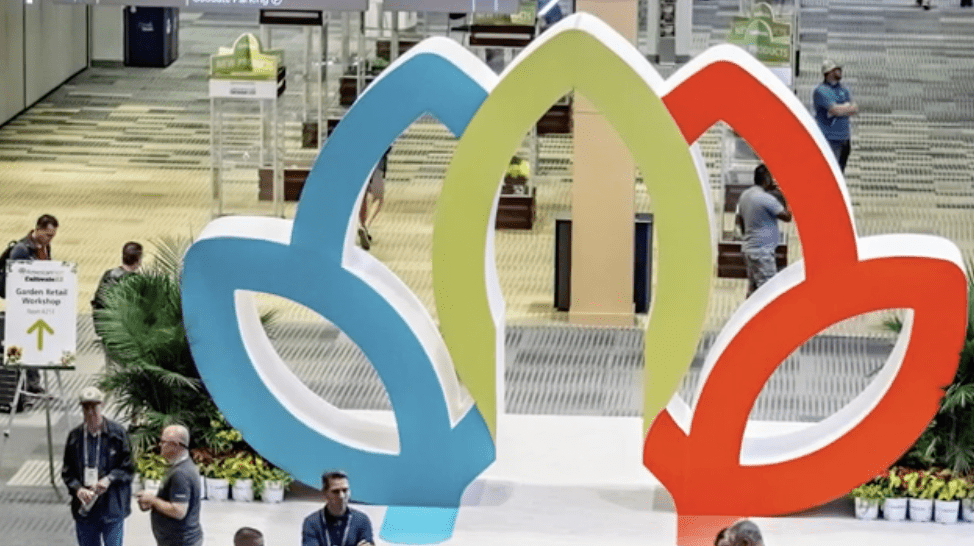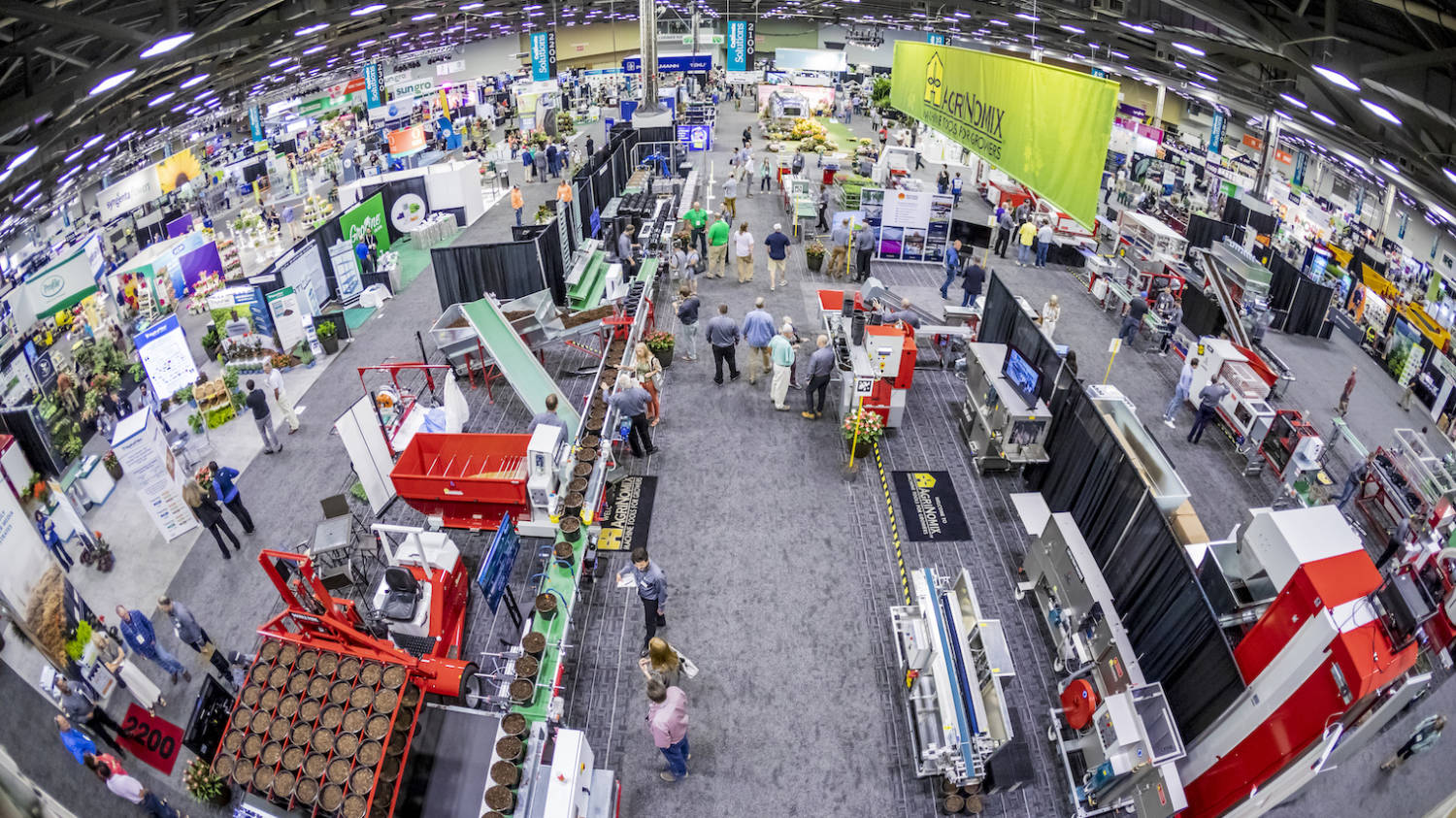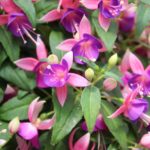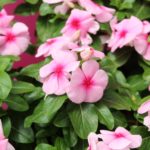Plants as Guinea Pigs
My wife works for a medical association that deals with anesthesiology and I work in the horticulture industry. So, it is a rare occasion when our industries actually converge.
But that’s what happened last month, when we both saw an article, “What Sedated Plants Can Teach Scientists About Anesthetizing People,” on www.smithsonian.com. The article takes a look at how researchers have discovered that some anesthetics used to sedate humans can be used to put plants to sleep.
For centuries now, growers have known that plants respond differently to different types of external stimuli. But recently, an international team of scientists tested diethyl ether and lidocaine on several different types of plants to see how they would react and what it could mean in the operating room.
What they found was that when the anesthetics were “used at appropriate concentrations [they] block action potentials and immobilize organs.” They actually put the plants to sleep just like they do with human beings.
The researchers’ report concludes that “plants emerge as the ideal model objects to study general questions related to anesthesia.”
Much like humans, the plants reacted differently depending on the plant type, the anesthesia and how it was applied. But the research showed there are similarities that deserve additional exploration in the future.
While this research is only in its infancy, the medical community is excited about its possibilities.
“Plants are not just robotic, stimulus-response devices,” said Frantisek Baluska, one of the researchers at the University of Bonn in Germany. “They’re living organisms which have their own problems, maybe something like with humans feeling pain or joy.
These findings are helping doctors to develop a better understanding of how the anesthetics work on plants so that information can then be used on humans when they undergo surgery.
Plants and people have a lot in common, but who would have ever guessed that plants could be used as guinea pigs for medical research for humans?
You can read the entire article on the Smithsonian’s website by going to www.tinyurl.com/sedatingplants. You can learn more about the scientists’ findings in the Annals of Botany (www.tinyurl.com/anesthesia-research).
A HOT TOPIC
This month we are introducing a new quarterly column to the pages of GPN. Tropical plants are a hot topic in the industry so we plan to address this plant class in Hot Tropics.
In each column, industry veteran Andrew Britten will delve into the growing traits and benefits of a specific tropical plant category and how growers can take advantage of it. If you are looking to broaden your product offering with tropical plants, Hot Tropics will provide you with additional education and insight in this emerging category.
Turn to page 28 and check out Andrew’s first contribution, “Let’s Talk Ginger.”









 Video Library
Video Library 


















